A new pandemic treaty needs to be powerful not only on paper
It has been over a year since the world was first hit by the deadly coronavirus pandemic. We may not have known then the full extent of what was to come, yet we should have been better prepared. Could a new treaty on pandemics prevent us from making the same mistakes in the future?
People often don’t think too much about legal issues in the middle of an emergency, but the debate around which rules to apply to governments, communities, the private sector, have held centre-stage during the Covid-19 pandemic.
The World Health Organization (WHO) along with the European Union and 23 state leaders, have announced their intention to produce a new global treaty on pandemics, striking “while the iron is hot”. It’s an opportunity to reassess how we can guarantee a more effective and equitable approach to future crises.
Since 2003, the IFRC and its members have been mandated by the state parties to the Geneva Conventions to provide advice and expertise on disaster law. In the current pandemic, our monitoring has shown that many states have relied on emergency decrees, struggling with gaps between public health, emergency management, social protection laws and institutions, to build a comprehensive response to what has simultaneously become a public health emergency, global economic shock, and political and social crisis.
When roles and coordination mechanisms are not clearly defined in national law, we risk losing precious time and public trust. In countries where systematic legal preparedness to emergencies already existed, such as South Korea, we saw a more effective and holistic response from the start. We must be clear about everyone’s role in overcoming a pandemic. Disaster laws must ensure that we fully engage and enable communities, particularly community volunteers, and civil society at large.
Why? Because individuals make a huge difference. Last year, in Somaliland, a Red Crescent volunteer was contacted by a person in a village who was experiencing fever, dry cough, and difficulty breathing. As a trusted and mandated health leader in the community, people knew that they could go to her for help. The volunteer, already trained and prepared, recognised the symptoms and reported it via a specially designed app. It turned out to be the first case of coronavirus in Somaliland. The same volunteer offered advice on hygiene, isolation, and how to deal with community perceptions.
With resources, coordination and technical guidance from IFRC, National Red Cross and Red Crescent Societies volunteers have reached one in 12 people worldwide with support during the pandemic. They have demonstrated how a community-based approach can produce substantial public health results, revive flagging public trust, and address an extensive range of humanitarian needs.
To work best, governments need to fully recognise the National Societies’ unique role as auxiliaries to the public authorities in emergencies and provide them with unrestricted access to vulnerable groups. In Bangladesh, one of the most disaster-prone countries in the world, the Bangladesh Red Crescent has long held a joint-leadership role with the government in supporting communities ‘prepare’. Since the outset of the pandemic, they have been working to keep people safe and now, in getting vaccines to people.
Perhaps nowhere is this role more crucial than in Cox’s Bazar, the largest refugee camp in the world. It has all the conditions that could cause the virus to spread uncontrollably: it is overcrowded and there is limited access to healthcare and information. The trusted presence of volunteers, their liaison with local authorities, and a clear and legal mandate to operate has helped to limit the otherwise colossal impacts and vaccines are already being administered there.
During emergencies, those living on the fringes of our societies, such as people suffering violence, migrants and refugees, and people living in slums, are sent further into the fringes where they struggle to access basic services. Disaster and public health laws can and should provide for their protection. We need well-crafted and implemented rules that leave no doubt about who can access trustworthy information, personal protective equipment, vaccines, treatments, and economic protections, without discrimination.
In Samoa, the National Disaster Management Plan recognises that women, young children, the elderly and people with disabilities are often the most severely affected during disasters, and requires integration of gender, cultural diversity, disability and human rights, in needs assessment, analysis, planning, monitoring and response. It also makes specific provisions to ensure dignity, access, participation and safety of all.
Any new treaty must build upon these national efforts to ensure that there is equity in life-saving interventions, solid commitments not to exclude those in need from recovery efforts, including economic recovery, and greater support for the often-forgotten work of community-level responders.
This crisis has been defined by profound and persistent inequities. Despite lofty rhetoric about global solidarity, the richest 50 countries have carried out on average 38 times more tests per capita than the poorest 50 countries and only two per cent of vaccine doses administered have been in the world’s poorest countries. That’s according to figures from Oxford University’s Our World In DataExternal link and the EU’s Inform Severity IndexExternal link.
This is despite the efforts of the Covax Facility, a pioneering attempt to guarantee a minimum of equity in access to Covid-19 vaccines. In our current predicament, we need those with access to vaccines to find a way to share more in a timely way. It is both a moral and global health protection imperative. For the future, we need binding commitments to guide us for when we next face overwhelming demand and limited treatments.
Carefully thought through, agreed, and implemented laws and policies will help to avert the chaos and confusion that has marred this response, in the future. With the IFRC’s experience around the world, we’re ready to bring our knowledge to the table and on the ground, to make such a treaty not only powerful on paper but transformative in reality.
The views expressed in this article are solely those of the author, and do not necessarily reflect the views of SWI swissinfo.ch. This article first appeared on April 15 on Geneva SolutionsExternal link.
This article is licensed under Creative Commons BY 4.0External link.
Opinion series
swissinfo.ch publishes op-ed articles by contributors writing on a wide range of topics – Swiss issues or those that impact Switzerland. The selection of articles presents a diversity of opinions designed to enrich the debate on the issues discussed. If you would like to submit an idea for an opinion piece, please e-mail english@swissinfo.ch

In compliance with the JTI standards
More: SWI swissinfo.ch certified by the Journalism Trust Initiative
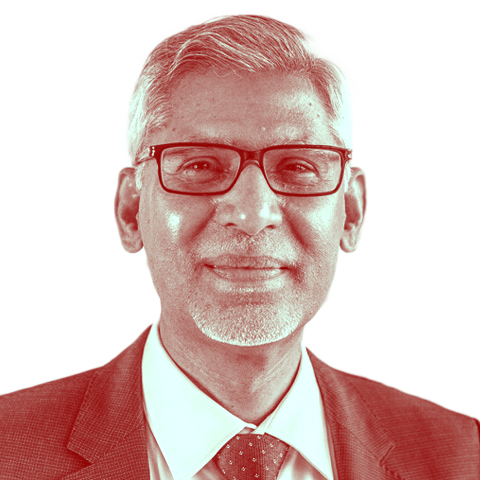
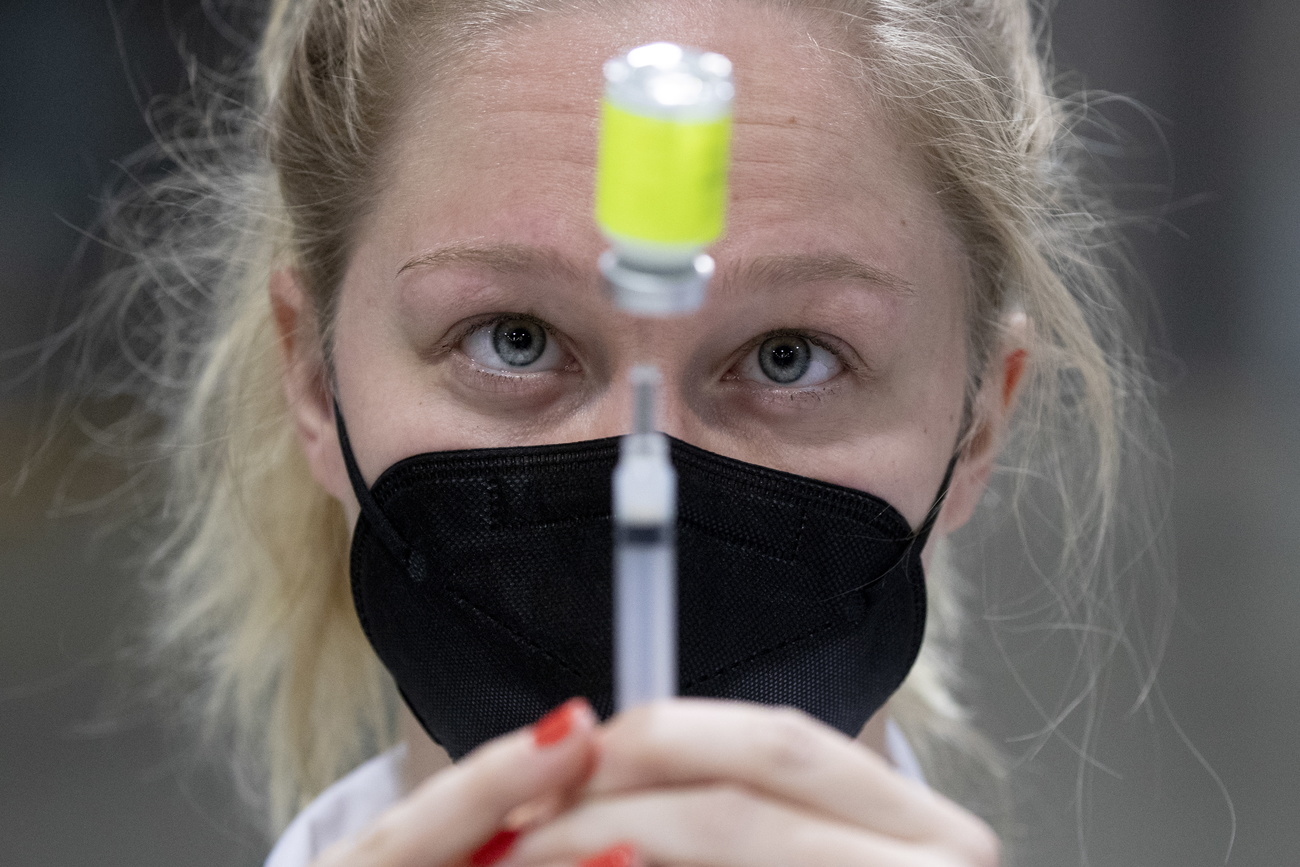
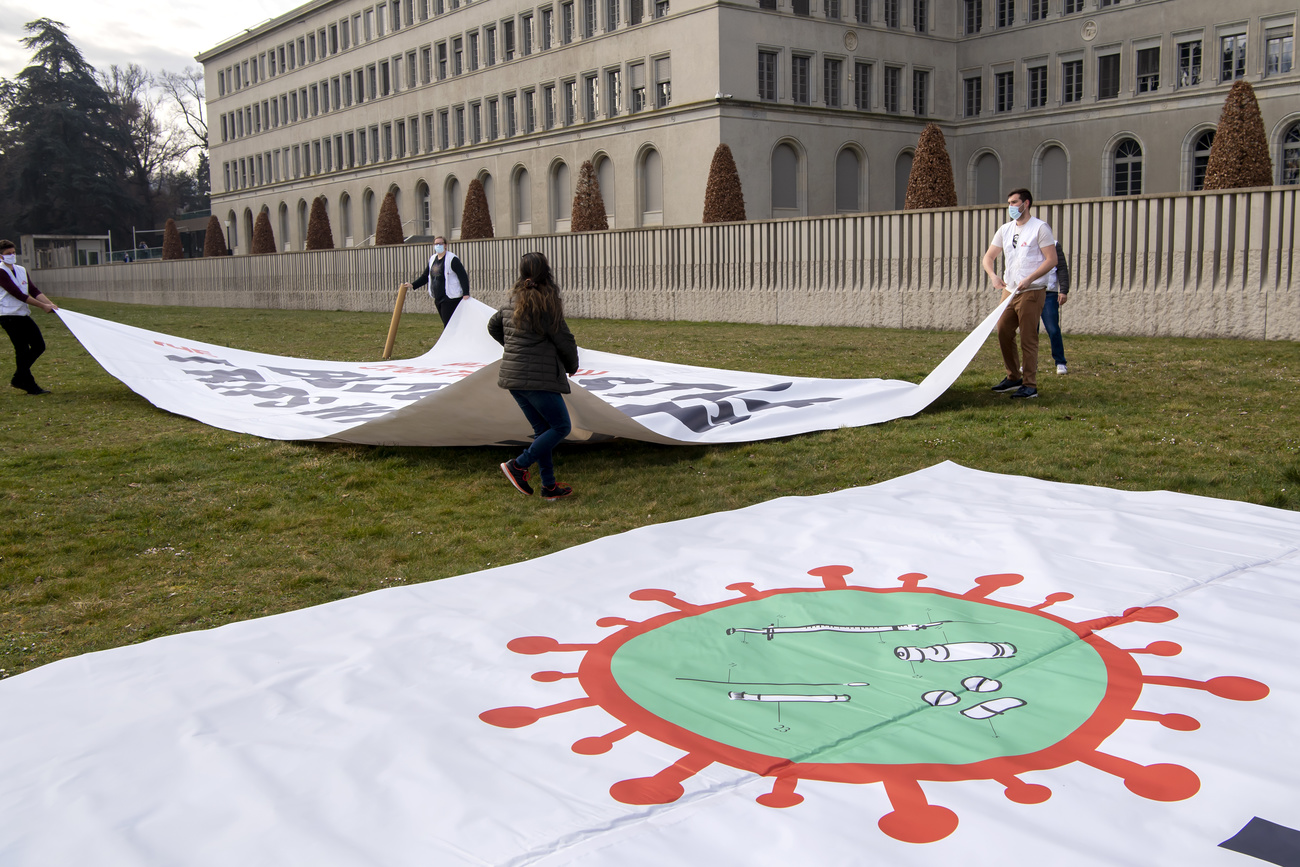

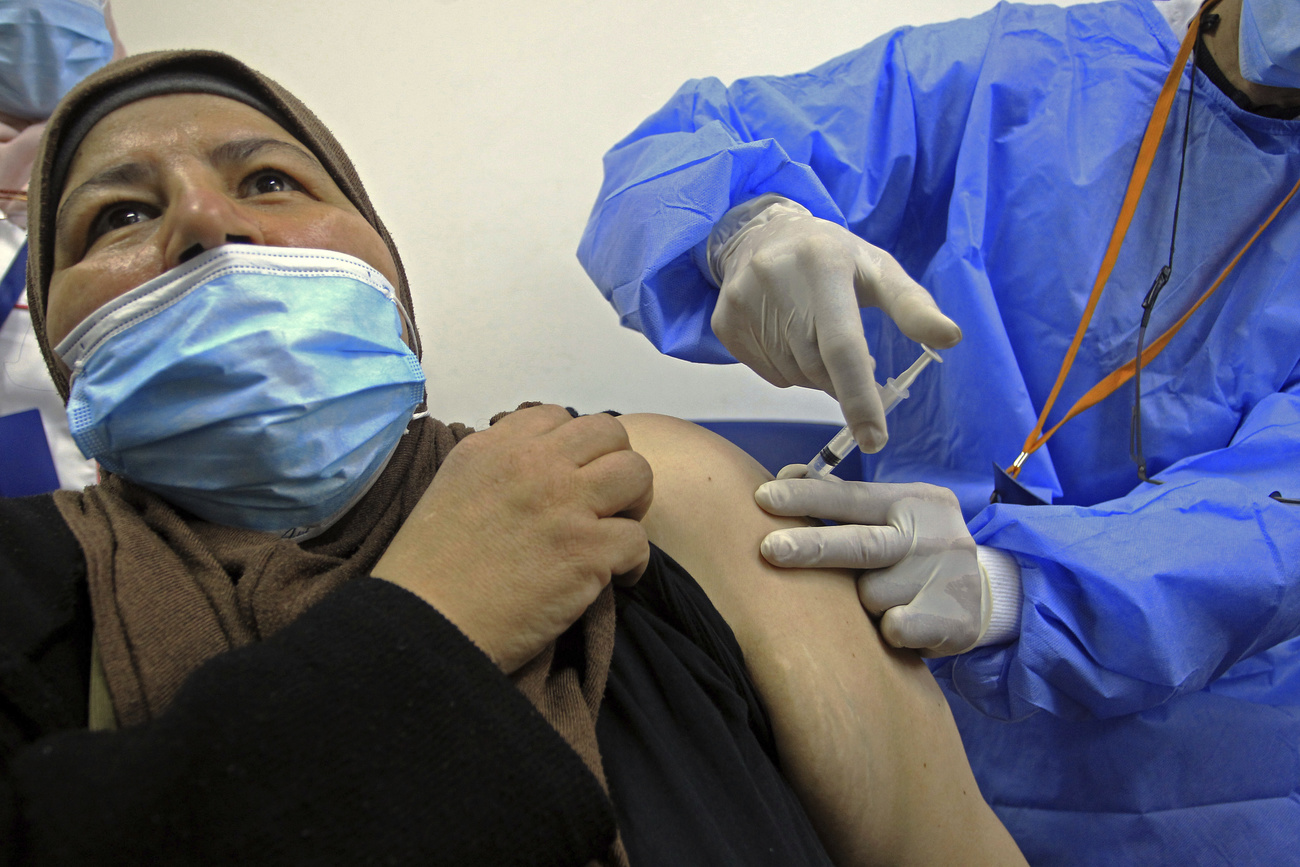
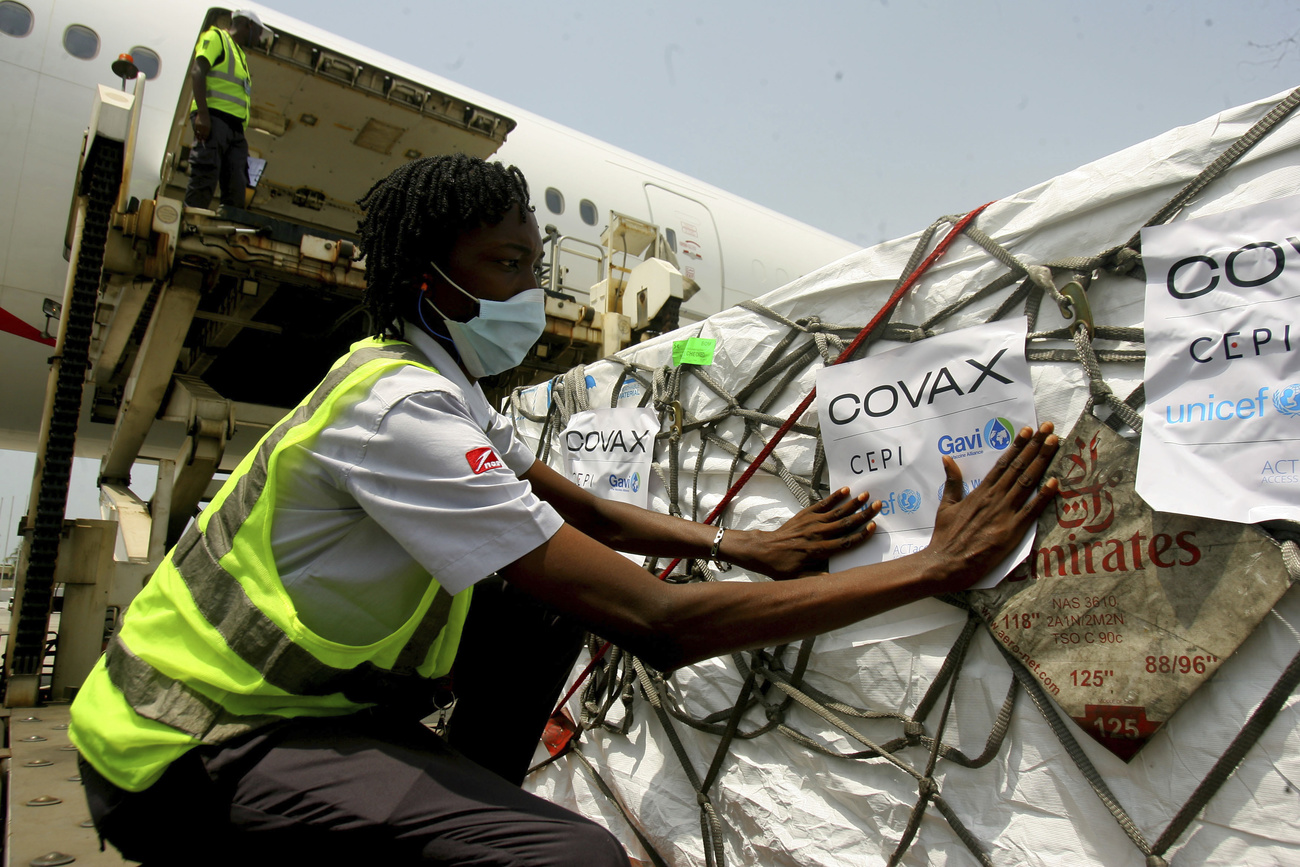
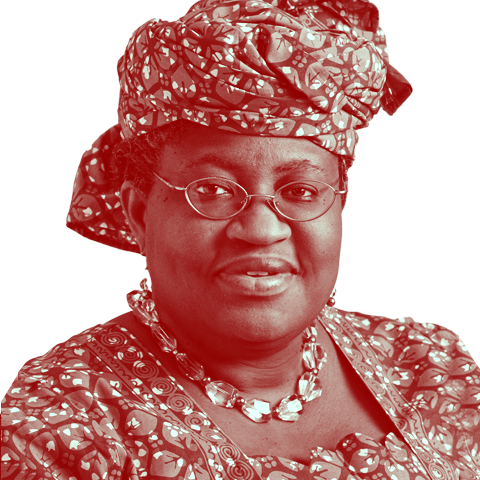
You can find an overview of ongoing debates with our journalists here. Please join us!
If you want to start a conversation about a topic raised in this article or want to report factual errors, email us at english@swissinfo.ch.